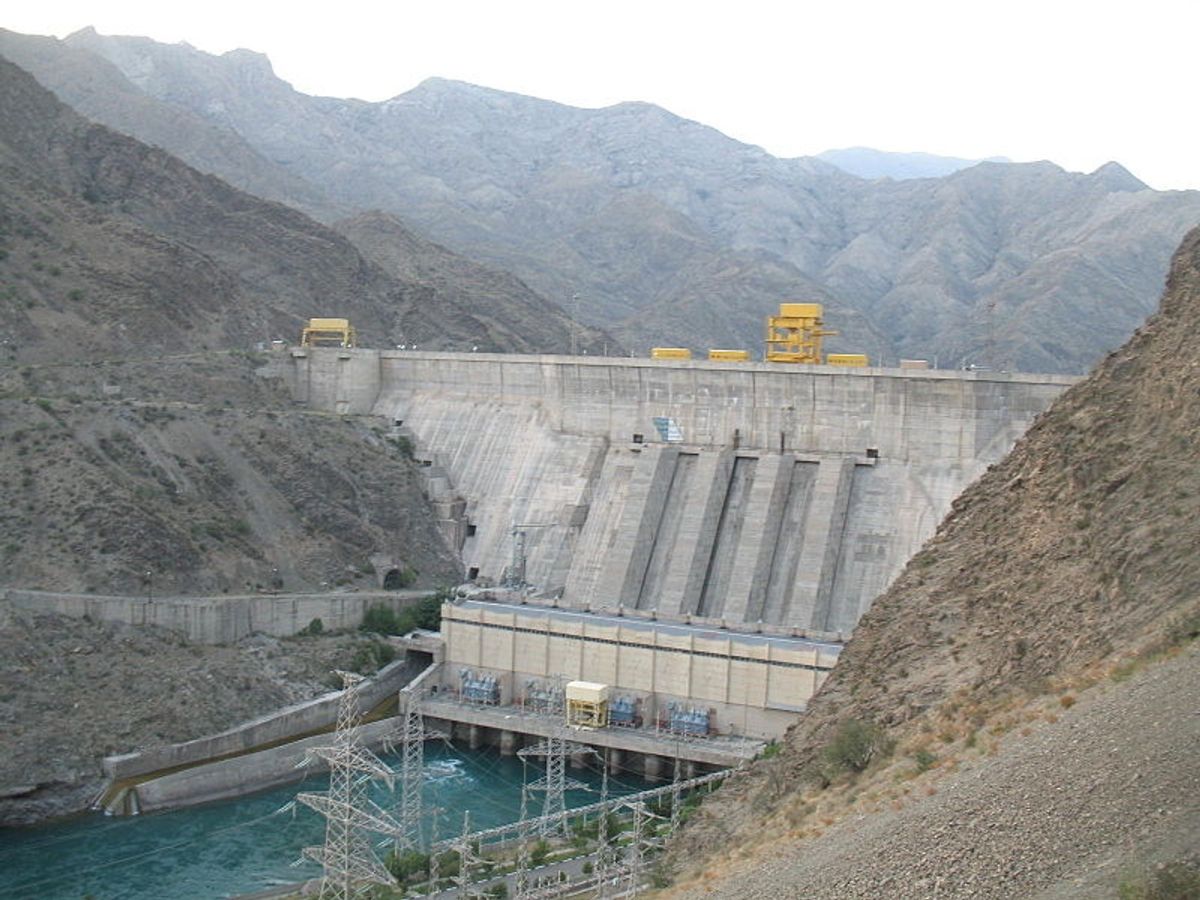Discussion of renewable energy rightly centers around wind and solar power, making it easy to forget that hydroelectric is still the biggest renewable source by far. In the United States, hydropower accounted for 6.9 percent of installed electricity capacity in 2010, and 7.8 of the power generated in 2011. It represented a remarkable 83 percent of all renewable power generation around the world in 2010. Hydro has the advantage over other renewables of being very predictable and controllable—open the dam a bit wider, generate more power. And the International Energy Agency thinks the world can double its already considerable hydroelectric output over the next 40 years or so.
The IEA released a technology roadmap for hydropower this week that stressed the benefits of hydroelectric power particularly in developing countries.
The report points out that the new hydro capacity additions since 2005 have generated more power than all other renewable sources combined, a statistic that's a bit skewed by the fact that some pieces of China's Three Gorges Dam, the largest hydroelectric facility in the world at 22 500 megawatts capacity and about 80 terawatt-hours annual generation, came online in that time frame. Take that one massive and often controversial plant out of the picture and the equation shifts.
And the IEA seems disturbingly sanguine about a power source that environmentalists have long derided as too locally damaging to justify much further expansion. While small run-of-the-river plants are certainly possible in much of the developing world, much of the IEA's doubling in capacity would come from large projects that carry big environmental impact. For example, there is still ongoing discussion of the Grand Inga Dam, a megaproject on the Congo River in Africa that would dwarf Three Gorges and generate a huge percent of the entire continent's power. Anything that huge carries huge risk as well; in China, Three Gorges forced the relocation of more than a million people in the reservoir's footprint, and has suffered bizarre problems like the floating island of trash that threatened to block the dam in 2010.
And the IEA does acknowledge the danger: "Large or small, associated with a reservoir or run-of-river, hydropower projects must be designed and operated to mitigate or compensate impacts on the environment and local populations." This may be a difficult goal to enforce, though, given that the bulk of new capacity is destined for developing countries where environmental oversight can be lacking. For example, 92 percent of Africa's and 80 percent of Asia's hydroelectric technical potential remained untapped as of 2009. In North America that number is 61 percent, and in Europe it is 47 percent.
To be sure, if hydro does actually double—from around 1000 GW up toward 2000—that would mean on the order of 3 billion tonnes of avoided CO2 emissions. As always, there are tradeoffs.
Achieving the sort of expansion envisioned by the IEA will require serious government buy-in around the world. From the report: "In order to stimulate investment on the scale necessary to achieve the aimed-for levels of sustainable hydropower, governments must take the lead in creating a favorable climate for industry investment."
A forward-looking policy framework is also needed in order to properly control that investment. We'll see if the forgotten renewable really can make as big a dent as the IEA believes it can.
Image via Firespeaker/Commons
Dave Levitan is the science writer for FactCheck.org, where he investigates the false and misleading claims about science that U.S. politicians occasionally make.




